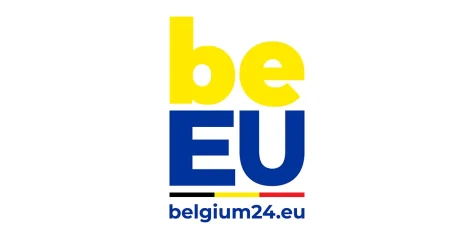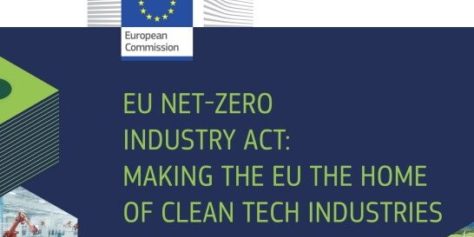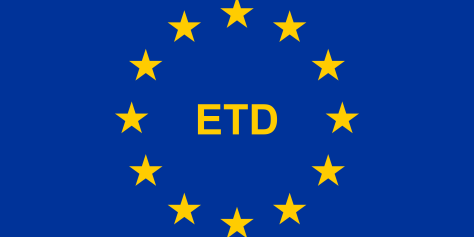REGULATION
International regulations (IMO), European, national and regional regulations regarding marine fuels and power supply in ports.
Despite the presentation of a new compromise text to national governments on Thursday (25 April), no serious progress is expected on the review of the energy taxation directive before the next mandate of the EU Parliament and Commission .
The 4% of European shipping could run on synthetic fuels in 2030, according to the map prepared by T&E. But only a third of these projects are guaranteed, as fuel suppliers fear a lack of demand.
The European Parliament has given the green light to the Zero Emissions Industry Act (NZIA), an initiative that seeks to boost industrial capacity for green technologies in Europe. The inclusion of clean fuels for maritime transport in the list of key technologies has been received with enthusiasm by the sector, especially by the European Community Shipowners Association (ECSA), which sees in this law an opportunity to accelerate decarbonization of maritime transport and ensure the supply of sustainable fuels.
The current EU target of at least 32% of renewable energy by 2030, established in the Renewable Energy Directive (REDII), is not enough and should be increased to 38-40%, according to the Climate Objectives Plan (CTP). At the same time, new accompanying measures are required in different sectors in line with the integration of the energy system, hydrogen, offshore renewable energy and biodiversity strategies to achieve this increased goal.
The Energy Tax Directive, or Energy Tax Directive, has been harmonizing taxes on fuels and electricity in the European internal market since 2003. With the revision proposed in Fit for 55, the Directive will also regulate taxes on marine fuels.
The International Maritime Organization (IMO) has set new targets to reduce CO2 emissions (from transport work): a decrease of 40% by 2030 and 70% by 2050, compared to 2008 levels. annual greenhouse gas (GHG) emissions from international shipping, stipulating a reduction of 50% by 2050. Two associated IMO indices - EEXI and CII - have been established to provide shipowners with a benchmark to reduce their levels and get on track to meet the objectives.






